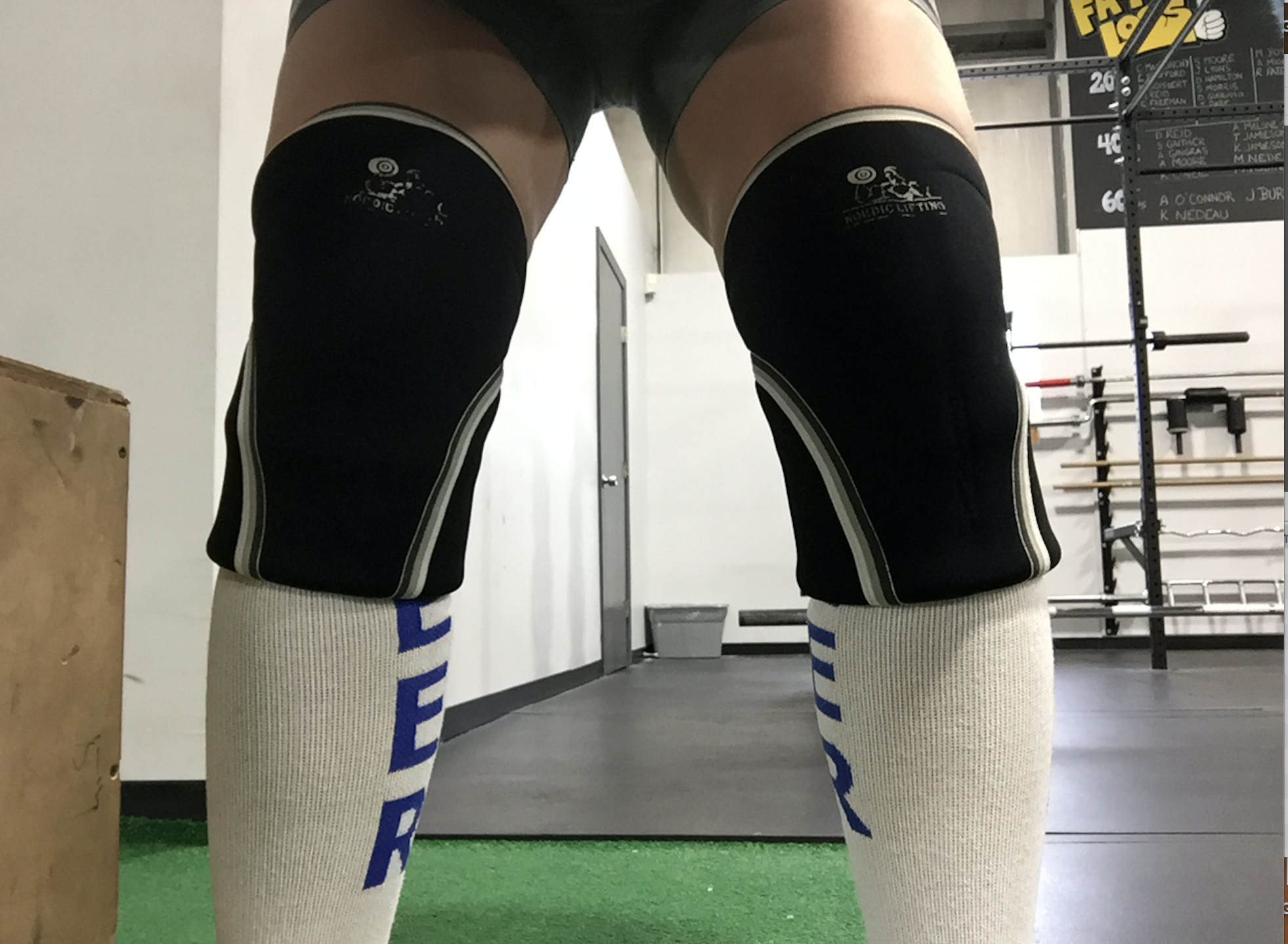As I type this, my niece and nephew are taking naps. Not gonna lie, Aunt Kimmie had a nap too.
In fact, I think Aunt Kimmie probably needed the nap more than they did.
Ho ho ho my goodness.
So far today we've played hot potato, made ginger bread houses (so sticky), and played football in the back yard.
Before I get back to to "Despicable Me," I thought I'd throw out a couple of last minute gift ideas for the fitness enthusiast in your life. Or the person who is planning to become a fitness enthusiast in the new year.
1. The New Rules of Lifting books
If you can get to your local Barnes and Nobles, pick up one any one of Lou Schuler's New Rules of Lifting books. I got my first start with fitness by using The New Rules of Lifting for Women - it was both an education on lifting and also included six months worth of programming from Alwyn Cosgrove and some great recipes from Cassandra Forsythe. It's the best 15 bucks you can spend.
Though I haven't had a chance to read it yet, Lou and Alwyn recently updated the original book with "Strong," which includes nine workout programs. They have several books in the series, and any one of them would be a great pick up for someone wanting to get fit.
2. A heart rate strap
While there are plenty of fitness devices out there that will track your heart rate, I've found that the straps you wear around your chest work best. To date, I've tried out three different brands, including Polar, Wahoo, and MyZone. The MyZone straps are often sold and used at certain gyms (we use them at Spurling), but both Polar and Wahoo can be found on Amazon or at Best Buy.
If your recipient is a smart phone user, the Polar H7 Bluetooth Heart Rate Sensor or the Wahoo Tickr Heart Rate Monitor both work with smart phones or Apple Watches. Either option will cost you around 50 bucks. Though I haven't done my own review on this site, I'd rank them, in order of performance, just the way they are here. The MyZone has worked best for me, followed by the Polar and then the Wahoo.
If you'd like to read a more thorough review, check out this recent article from ware.com.
3. Fitness E-books
If you're looking for something a little more advanced and you don't have time to actually go anywhere, there are some fantastic e-products out there, including Eric Cressey's High Performance Handbook which is the closest thing you can find to working out at Cressey Sports Performance. This program is perfect for anyone who is looking for some guidance on strength training - and Eric has broken the programming down into either two days, three days, or four days.
You could also hop on over to Nia Shanks website (check it out even if you don't need gifts) and purchase the Lift Like a Girl Fat Loss program, or check out the Modern Women's Guide to Strength Training from the ladies over at Girls Gone Strong.
Ok, the kids are awake and we're about to get our Minions on.




